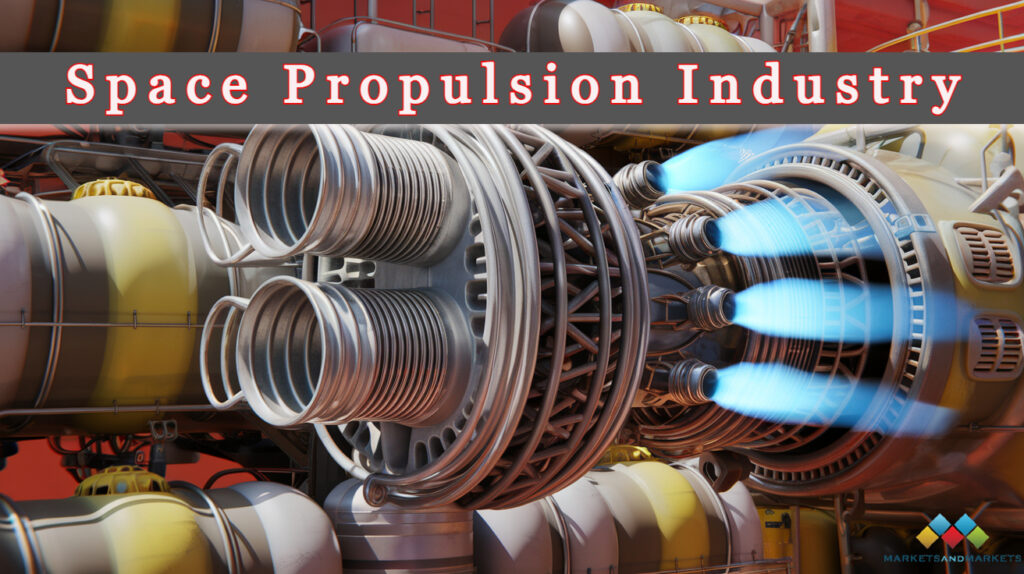The Space Propulsion Industry is rapidly evolving, driven by technological advancements and increasing global interest in space exploration. This industry is essential for enabling spacecraft to travel through space, whether for satellite deployment, deep-space missions, or human space exploration. As countries and private companies invest heavily in space missions, the demand for more efficient and advanced propulsion systems has surged. Technologies such as electric propulsion, which uses less propellant and offers greater efficiency over long durations, are becoming increasingly popular. This shift towards innovative propulsion methods is not only enhancing the capabilities of spacecraft but also opening up new possibilities for deep-space exploration and commercial space ventures.
The Industry is poised for significant growth over the next several years, driven by advancements in technology, increased investment in space exploration, and the rising use of satellites for both commercial and military applications.

Market Overview:
The space propulsion market, valued at USD 10.6 billion in 2023, is projected to reach USD 18.1 billion by 2028, growing at a compound annual growth rate (CAGR) of 11.3%. This growth is fueled by the increasing demand for advanced electric propulsion systems and the expanding role of small and medium satellites in various sectors, including climate monitoring, Earth observation, scientific research, and security.
Key Market Segments:
- Satellite Platform:
- The market is segmented into CubeSats, small satellites, medium satellites, and large satellites.
- Medium Satellites: Expected to experience significant growth, these satellites, which weigh between 500 kg and 2,500 kg, are used in applications such as environmental monitoring and Earth observation. Their operational and manufacturing costs are higher compared to small satellites, but they offer broader capabilities.
- Propulsion Type:
- The propulsion market is divided into chemical and non-chemical propulsion.
- Electric Propulsion: Dominates the non-chemical segment due to its efficiency in using less propellant and achieving higher exhaust speeds. Though it produces less thrust compared to chemical propulsion, its ability to sustain small thrusts over long durations makes it ideal for deep-space missions.
- Regional Growth:
- Asia Pacific: Expected to lead the market, driven by initiatives like the Asia Pacific Regional Space Agency Forum (APRSAF) that promote space activities and technological advancements. The region’s emphasis on developing small satellites, reusable launch vehicles, and capacity building in space technology contributes to its dominance.
Market Drivers:
- Electric Propulsion Systems: The push towards more efficient propulsion technologies, like electric and ion propulsion, is a major driver for the market.
- Venture Capital Investment: Significant investments in space exploration missions are accelerating the development of new technologies and systems.
- Small Satellites: The growing utility of small and medium satellites for various applications, from scientific research to military surveillance, is boosting demand.
Key Market Players:
Major companies in the space propulsion market include:
- Safran S.A. (France)
- SpaceX (US)
- L3Harris Technologies Inc. (US)
- IHI Corporation (Japan)
- Northrop Grumman Corporation (US)
These companies are at the forefront of innovation, leveraging their manufacturing capabilities and global distribution networks to maintain a competitive edge. As the industry continues to grow, it is expected to play a crucial role in supporting a wide range of applications, from climate monitoring and Earth observation to scientific research and military operations, making space propulsion a cornerstone of the future space economy.